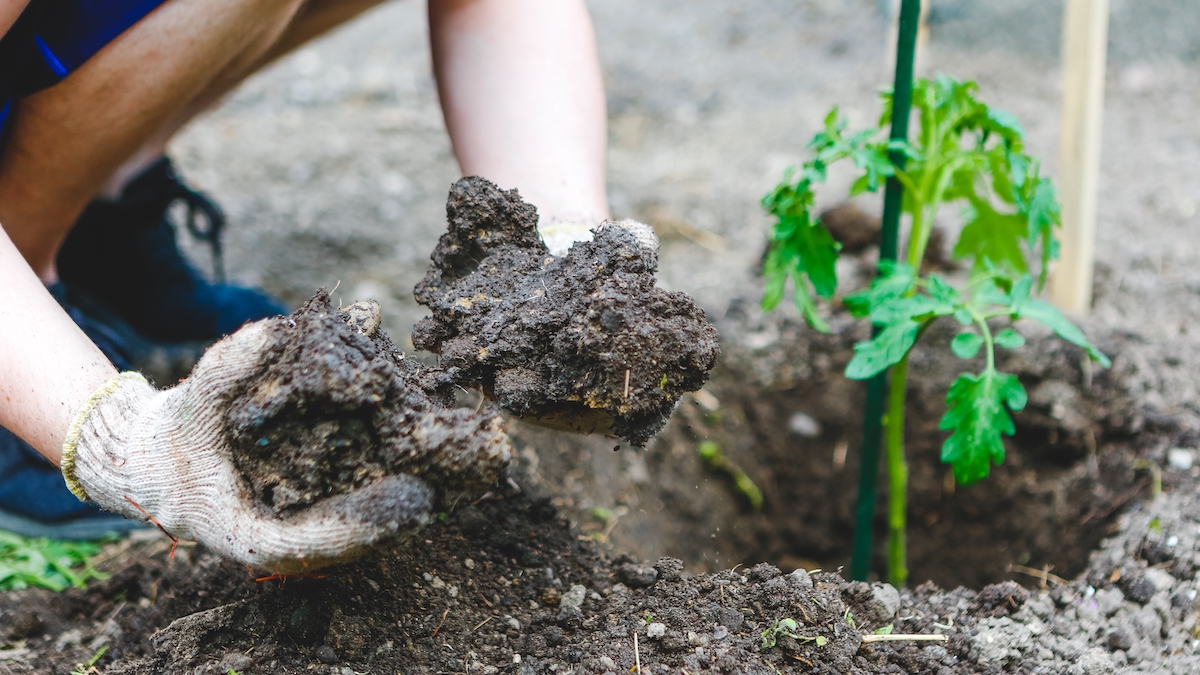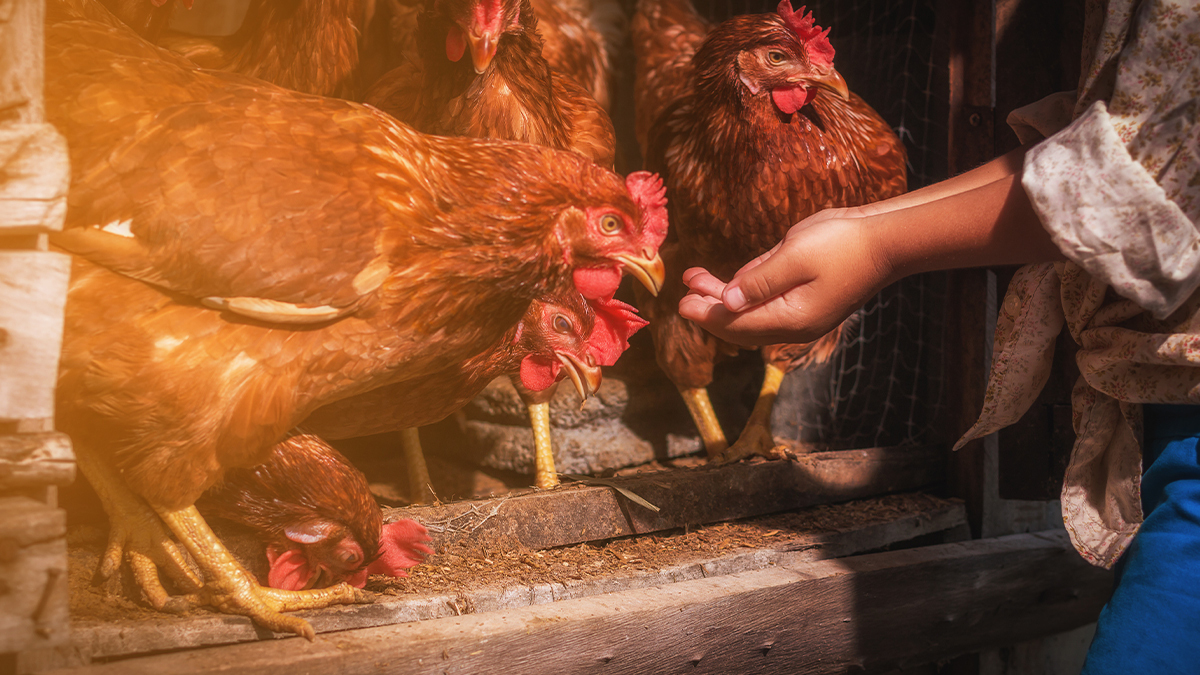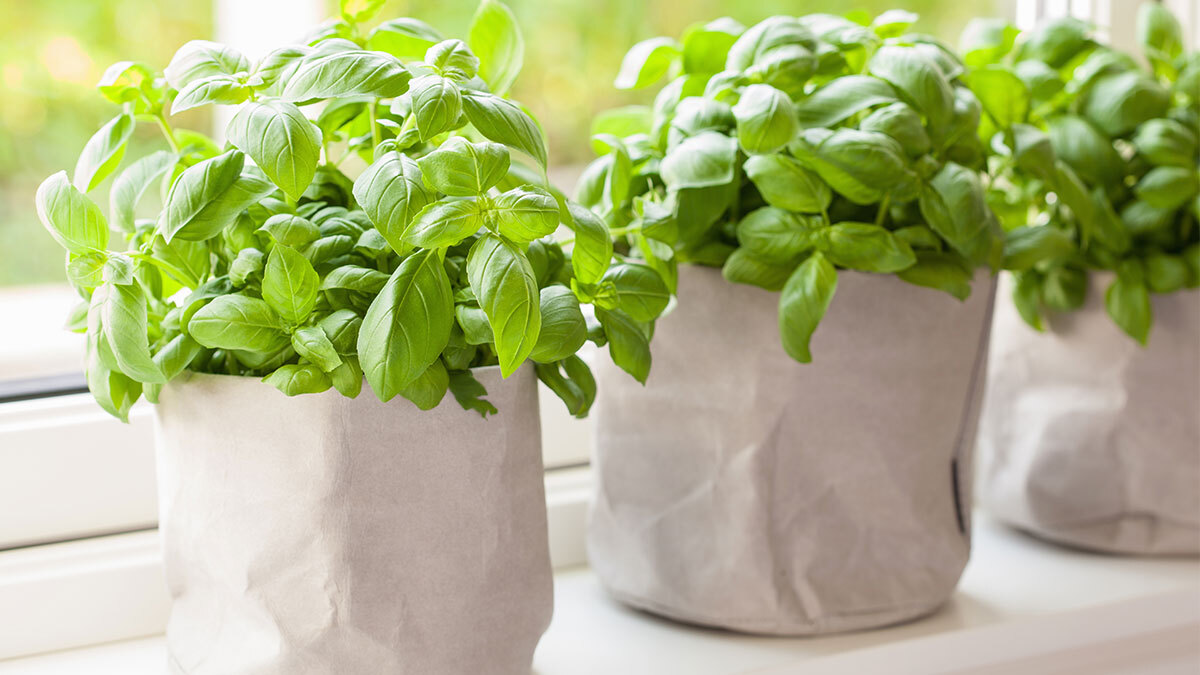on
If you want to garden successfully, you need to pay careful attention to your soil. Ideally, you want soil that is a mixture of sand, clay, mineral particles, and organic material.
But what do you do if your land is composed of clay soil?
It isn’t the easiest for gardening because it’s water-resistant and too tough for roots to make their way through.
The problem is that many parts of the United States have a high percentage of clay soil.
This means that you may need to do a little garden science on your own to make garden soil from clay soil.
The Pros of Clay Soil
Before we jump into the “how to,” let’s talk about why clay soil is beneficial.
Clay soil holds onto a lot of moisture, which makes it drought-resistant.
So, if your soil has a decent amount of clay particles, it means the plants will be able to draw water even in a dry season.
Clay soil is good for growing healthy vegetables because it uses nutrients like calcium, magnesium, and potassium to feed plants.
Some plants, such as hawthorn trees, ivy, and honeysuckle, thrive in clay soil.
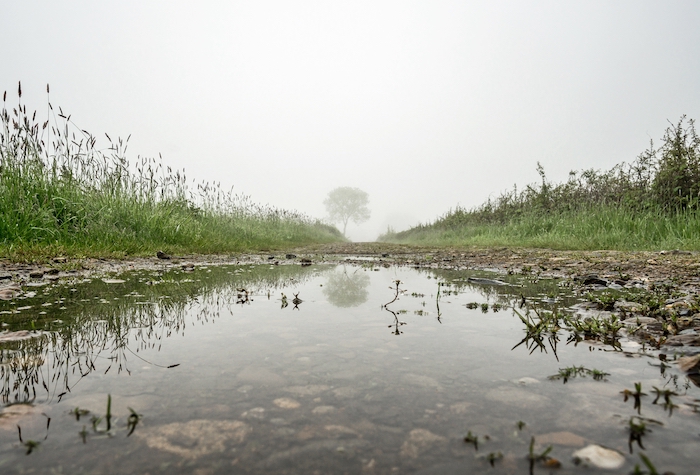
The Cons of Clay Soil
Even though there are some benefits to having clay soil, most gardeners try to avoid it when possible.
Clay soil means there is reduced aeration, which is hard on plants since they need to receive air to thrive.
Dry clay becomes compacted. When compacted, it prevents roots from growing through the ground, further hindering plant growth.
While retaining moisture is beneficial, too much can lead to issues like root rot.
Perform a Simple Soil Test to Determine Your Soil Type
Not sure what type of soil you have?
Before you start mixing and making your own soil, perform a soil test.
There are a few ways you can tell you have clay soil just by looking.
- If water tends to puddle rather than soak into the ground, it’s likely clay soil.
- If the soil looks hard with cracks in dry weather, it’s likely clay soil.
- If the soil forms hard, rock-like pieces, it’s likely clay soil.
- If it sticks to shoes and tools, it’s likely clay soil.
- You can also perform a squeeze test. Wet the soil and give it a squeeze. If it retains its shape and stays in your hand when poked, it’s clay soil. If it crumbles when you poke it, it is loam soil. If it falls apart immediately, it’s sandy soil.
[Related Read: What Type of Soil Do You Have?]
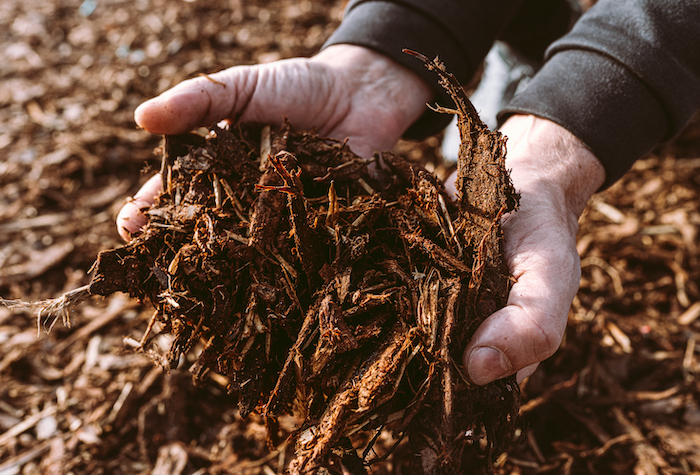
Tips for Making Garden Soil from Clay Soil
- Contour the land. You want to avoid having areas that can be compacted quickly. By contouring your land, you can fight drainage problems and the settling of clay.
- Aerate the clay soil. Clay compacts super easily. Therefore, you must aerate the clay soil to break it up. If you don’t, you will wind up just gardening on top of a different layer of compacted clay soil. Aerate the clay soil at the end of the fall season and again before spring planting.
- Add soil amendments (aka organic material). The key to changing the structure of the soil is to add soil amendments or organic material. You want to aim to add around 6 to 8 inches of organic matter, such as grass clippings, manure, or compost, to your entire garden (or the garden bed).
- Mix organic material into the clay soil. After you have added all the organic material on top, you need to mix it into the clay soil. Use a shovel to dig in and mix it when possible. Once complete, your garden bed will appear raised. That’s okay!
- Plant a cover crop. Once the soil is thoroughly mixed and settled, it’s wise to plant a cover crop. The cover crop will root deeply and thickly into the clay soil, adding the soil amendments you’ve added to enrich the soil as a whole.
- Work when the clay is dry. If you try to work with clay soil when it is wet, you will wind up making hard clods of dirt. Plus, it’s sticky and messy.
- Avoid compaction. One of your goals when making garden soil from clay soil is to avoid compaction. Compacted soil prevents growth. You can avoid compaction by using mulch. You also want to avoid walking on the soil – especially when it is wet – because this causes compaction.
- Add more organic material annually. Unless you want your garden to become a clay field once again, you need to continue adding organic material annually to your beds. You can ease some of your workload by allowing natural decay with leaves and plant materials.
- Collect soil samples and test annually. If you want your garden to flourish, you should test the soil each year. A soil test will show you if there are nutrient deficiencies or pH problems. Once you know the issues, you can make adjustments using organic fertilizers or different soil amendments.
[Related Read: Benefits of Raised Garden Beds]
Get access to premium content and more!



